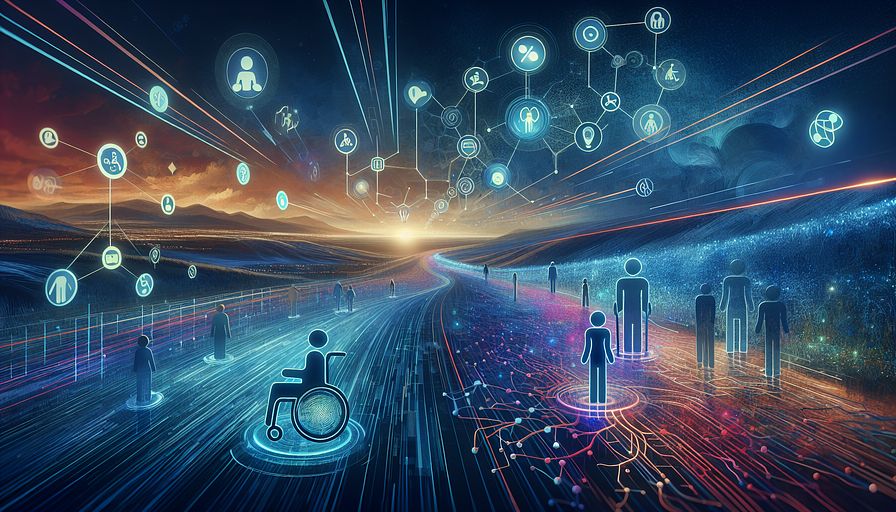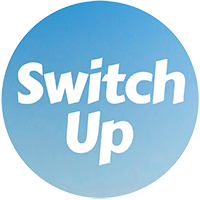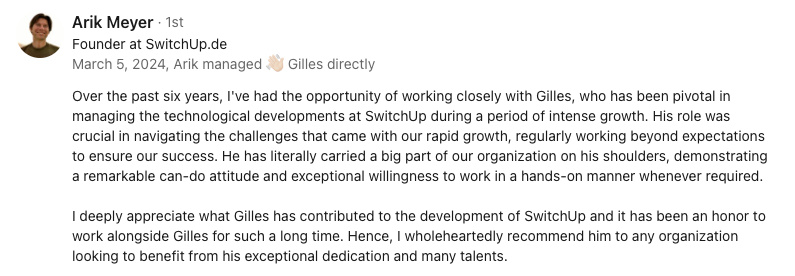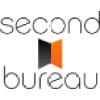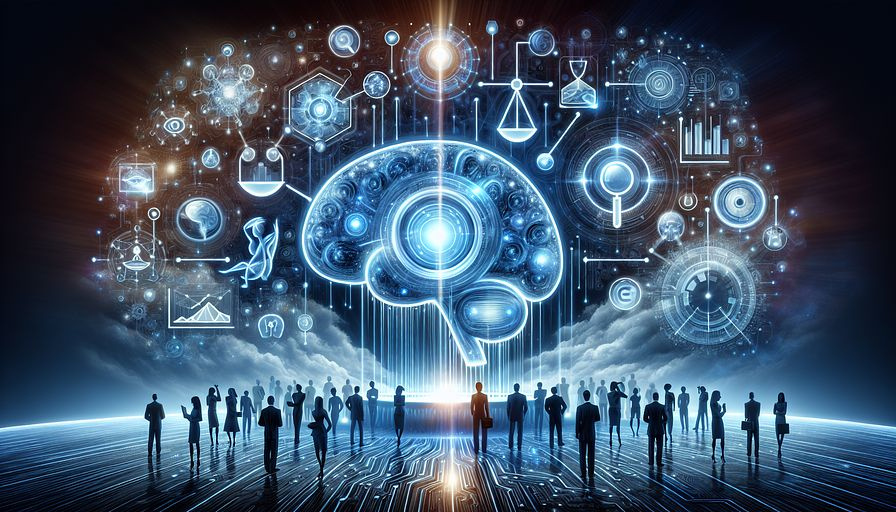Abstract:
Technology has the potential to significantly improve the lives of individuals with disabilities, offering new avenues for engagement, communication, and independence. This article explores how innovations in assistive technologies are bridging gaps for people with a range of disabilities. From voice recognition software that aids those with visual impairments to wheelchair technology that enhances mobility, the range of tools available is expanding. The focus also shifts towards universal design principles in software and hardware development, ensuring that new technologies are accessible from the outset. Furthermore, the piece highlights the importance of collaborative efforts between tech developers, disability advocates, and the users themselves to create solutions that are truly beneficial. As technology advances, its role in fostering inclusion and accessibility becomes more pronounced, reflecting a commitment to equality and social good.
Enabling Tech for the DisabledAs a Chief Technology Officer, I've witnessed firsthand the transformative power of technology in various sectors. Yet, one of the most profound impacts technology can have is on the lives of individuals with disabilities. Through innovative assistive technologies, we are not just creating gadgets; we're building bridges towards a more inclusive society. These technological advancements offer new paths for engagement, communication, and independence, making the digital world a more accessible place for everyone.
The Role of Assistive Technologies
Imagine a world where your voice can paint pictures on a screen or your wheelchair knows the layout of your home better than you do. This is not the plot of the latest science fiction novel; it's the reality we are moving towards with assistive technologies. Voice recognition software has been a game-changer for individuals with visual impairments, enabling them to interact with their devices in ways that were previously unimaginable. Meanwhile, advancements in wheelchair technology have granted enhanced mobility, allowing users to navigate their environments with greater ease and confidence. These tools not only empower users by improving their ability to perform daily tasks but also by bolstering their social inclusion and participation.
Universal Design: A Foundation for Accessibility
While assistive technologies are pivotal, the concept of universal design in software and hardware development ensures that these innovations reach their full potential. Universal design involves creating products that are inherently accessible to as many people as possible, including those with disabilities, without the need for adaptation or specialized design. This approach not only streamlines the development process but also embraces a broader vision of inclusivity. By embedding accessibility features from the outset, we can ensure that new technologies serve a diverse user base and cater to a wider range of needs and preferences.
Collaboration: The Key to Meaningful Solutions
The magic happens when tech developers, disability advocates, and users come together in the creation process. This collaboration is critical in ensuring that the solutions we develop truly resonate with the needs of those they are intended to serve. Through such partnerships, we can gain invaluable insights into the daily challenges faced by individuals with disabilities and, in turn, tailor our technologies to address these specific issues. Moreover, engaging with a diverse group of stakeholders fosters a sense of community and shared purpose, driving innovation forward in a way that is both meaningful and impactful.
Looking Ahead: The Future of Inclusive Technology
The advancement of technology is relentless, and with each breakthrough, we are presented with new opportunities to enhance accessibility and foster inclusion. The role of technology in breaking down barriers for people with disabilities is becoming increasingly significant. As we look to the future, our commitment to equality and social good must guide our efforts in this space. This means not only continuing to develop specialized assistive devices but also ensuring that mainstream technologies are designed with accessibility in mind. The ultimate goal is a world where technology empowers everyone, regardless of their abilities, to lead full and independent lives.
In the realm of digital innovation, the journey towards inclusivity is ongoing. Yet, as we continue to push the boundaries of what is possible, we are reminded of the profound impact that technology can have on improving the quality of life for individuals with disabilities. By prioritizing accessibility, embracing universal design principles, and fostering collaboration, we can create a future where technology truly serves as a catalyst for social change and equality. And let's be honest, that's a future worth coding for.
You might be interested by these articles:
- Tech Innovations Aiding Disability
- Innovative Assistive Tech Solutions
- Harnessing Europe's Diversity for Accessibility Innovation

